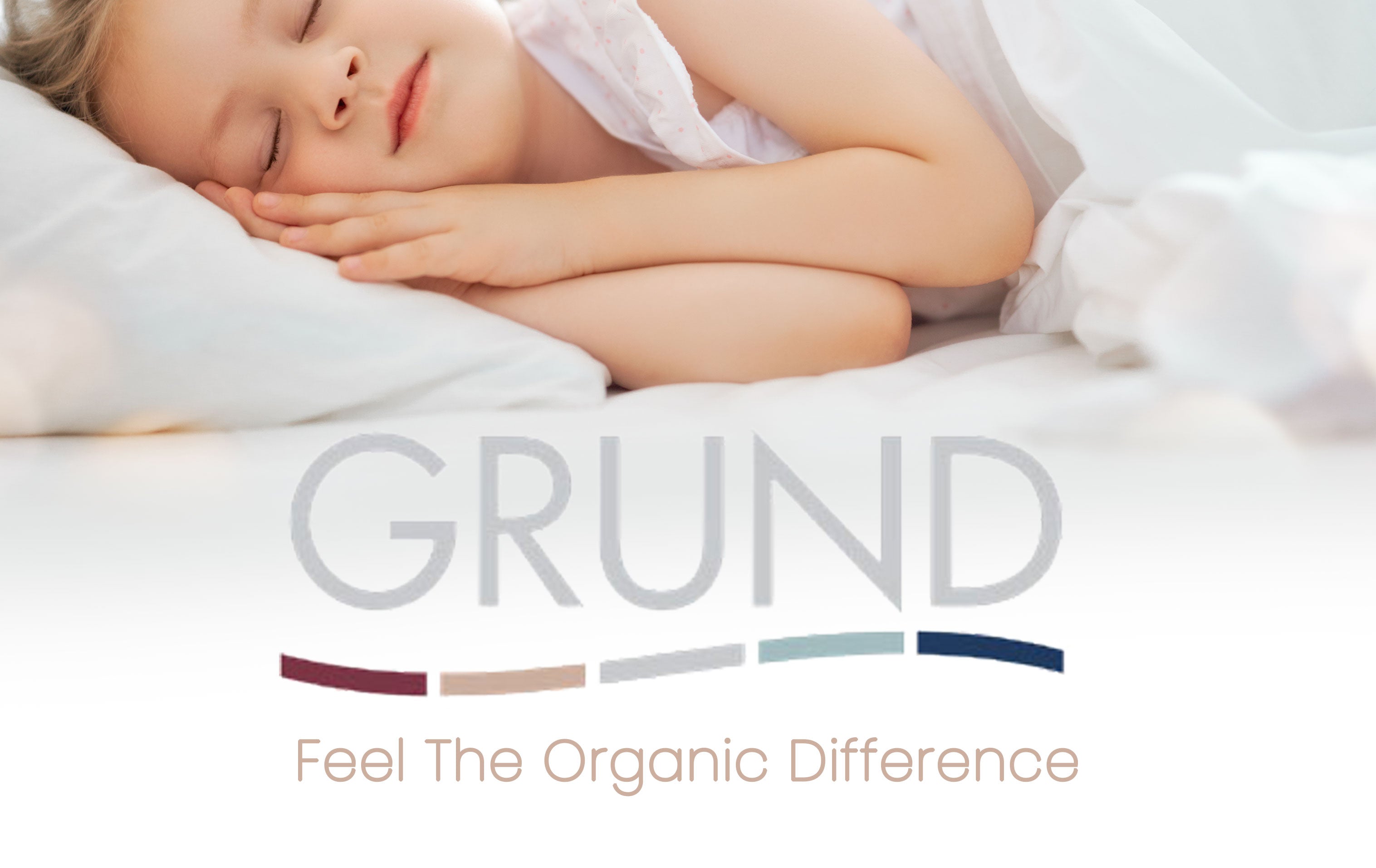How Toxic is Your Bedding?

One of the best parts about decorating and furnishing a home is picking out bedding. Bedding is usually a centerpiece for a bedroom and plays a big role in turning a house into a home. When shopping for the perfect bedding for your space, qualities like softness, color, and durability all come in to question. While all those factors are important, shoppers should also consider what materials are sued to make the bedding. At Grund, we are extremely transparent about the materials and methods used to make our products. We believe it is important that you know what is being put in your home and on your body. Learn more about our values and commitment to the environment, here.
What makes bedding toxic?
How much time do you really spend in your bed? Even outside of sleeping, chances are you still in or around your bed way more than you may realize. Lounging around isn’t necessarily a bad thing, but could you be putting your body at risk?
In many instances, yes. Just like the food that goes into our bodies, the ingredients or materials that go into your bedding matter. Currently, around 70% of manufacturers put toxins in their bedsheets. That means every time you lay down or rub up against your bedding, you could be potentially harming your body. Think about it. We spend around 1/3 of our lives in beds. So, of course, your bedding is playing a role in your health.
So, what exactly is toxic about bedding? Many bed sheets and blankets contain harmful ingredients like formaldehyde, AZO dyes, Alidicarb, and Parathion. These chemicals may be tolerable for the crops, but not for the body. Formaldehyde is typically in sheets labeled wrinkle-free and has been linked to several illnesses including cancer. Aldicarb and Parathion are both used as insecticide treatments for textile crops and have been classified to be “Extremely Hazardous” by the World Health Organization.
The dangerous part about these toxins is they are often hidden in your bedding. You may go months or years in contact with them without knowing. To lessen your chances of buying toxic bedding, we suggest buying and blankets from companies that are transparent about their materials and processes as well as brands that use 100% certified organic cotton for each of their products.
How does toxic bedding affect your body?
Toxic bedding can be sneaky. The products may smell fresh and look clean, but the chemicals that have been intertwined into them can be harmful. The symptoms from these toxins don’t always show up right away. So, if you notice an increase in allergies, rashes, fatigue, or insomnia, you may want to look deeper into your bedding. Unfortunately, toxic bedding doesn’t get better with time. The residue from formaldehyde and other insecticide treatments are permanently in the fibers of your sheets or blanket. This means fumes and particles are continuously released throughout the life of your bedding. By purchasing bedding that is 100% organic, you will decrease the number of toxins your body encounters.
Bedding made from organic materials benefits you as a consumer as well as the environment. Protect yourself and others from toxins by shopping Grund’s organic bedding. Feel the organic difference.
0 comments




